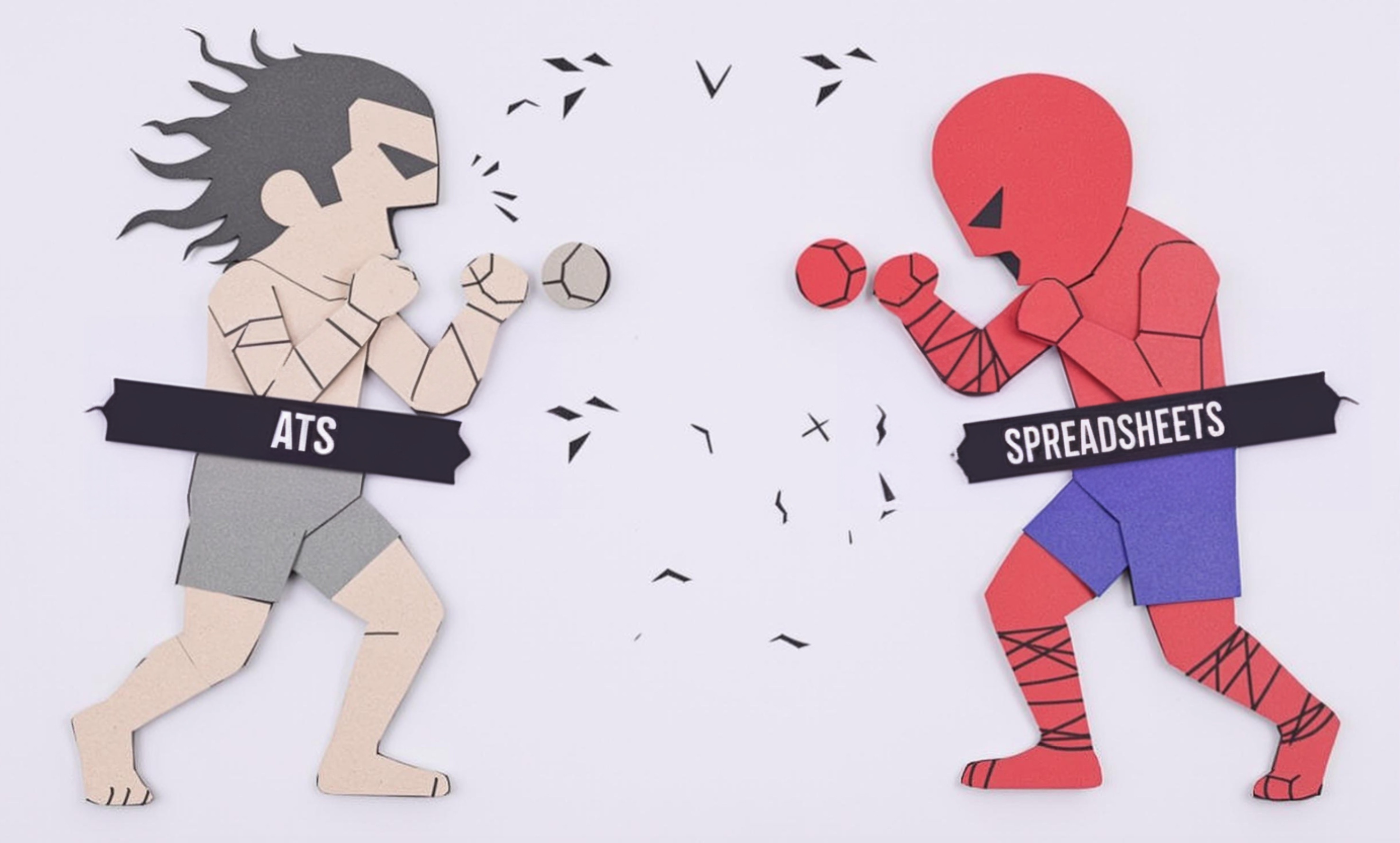
Spillway
A spillway is a crucial safety and control structure in hydroelectric dams and water management facilities. It acts like an overflow channel that safely releases excess water from reservoirs when water levels get too high, similar to how a bathtub overflow drain works, but on a massive scale. This feature is essential for preventing dam failures and managing water flow during floods or high rainfall periods. When reviewing resumes in hydroelectric energy production, you'll often see this term mentioned in context of design, maintenance, or operational management roles.
Examples in Resumes
Managed inspection and maintenance programs for Spillway structures at three major hydroelectric facilities
Led renovation project to upgrade Spillway gates and control systems
Supervised daily operations of dam Spillways and flood control mechanisms
Typical job title: "Spillway Engineers"
Also try searching for:
Where to Find Spillway Engineers
Professional Organizations
Job Boards
Professional Networks
Example Interview Questions
Senior Level Questions
Q: How would you manage a spillway during an extreme flooding event?
Expected Answer: Should explain coordinating with weather services, implementing emergency protocols, managing water release rates, and coordinating with downstream communities. Should emphasize safety procedures and communication plans.
Q: What factors do you consider when planning major spillway maintenance?
Expected Answer: Should discuss scheduling around water flows, safety considerations, regulatory requirements, resource allocation, and impact on power generation. Should mention coordination with multiple departments and stakeholders.
Mid Level Questions
Q: What are the key components of a spillway inspection?
Expected Answer: Should describe checking gate mechanisms, concrete conditions, erosion signs, and operational systems. Should mention documentation procedures and reporting requirements.
Q: How do you determine when spillway repairs are needed?
Expected Answer: Should discuss regular inspection results, monitoring systems, wear patterns, and safety thresholds. Should mention risk assessment and maintenance scheduling.
Junior Level Questions
Q: What are the basic types of spillways?
Expected Answer: Should be able to describe main types like gated spillways and free overflow spillways, and their basic functions in dam operations.
Q: Why are spillways important for dam safety?
Expected Answer: Should explain the role of spillways in preventing overtopping, managing flood waters, and protecting dam structure during high water events.
Experience Level Indicators
Junior (0-2 years)
- Basic understanding of spillway operations
- Ability to conduct routine inspections
- Knowledge of safety procedures
- Basic equipment monitoring
Mid (2-5 years)
- Maintenance planning and execution
- Operation during varying conditions
- Understanding of control systems
- Emergency response procedures
Senior (5+ years)
- Complex repair project management
- Emergency situation handling
- Regulatory compliance oversight
- Team supervision and training
Red Flags to Watch For
- No knowledge of basic dam safety principles
- Lack of experience with emergency protocols
- Poor understanding of water management
- No familiarity with regulatory requirements
- Limited mechanical system knowledge
Related Terms
Need more hiring wisdom? Check these out...

Why Your Hiring Spreadsheets Are Secretly Sabotaging Your Recruitment

Beyond Spreadsheets: Why Executive Dashboards in ATS Systems Are Your Secret Hiring Weapon

Succession Planning: Your Company's Future-Proof Strategy

